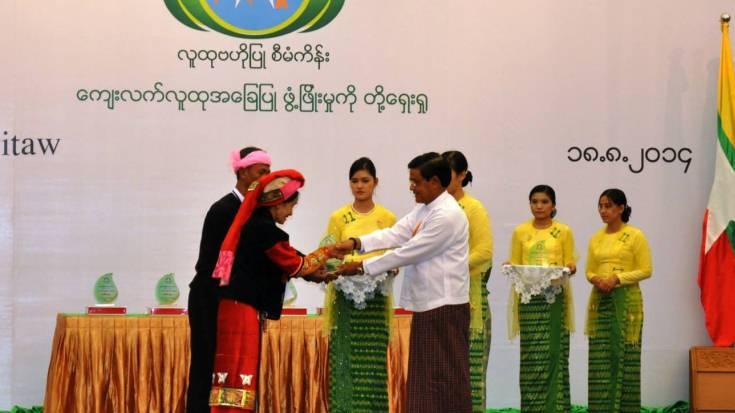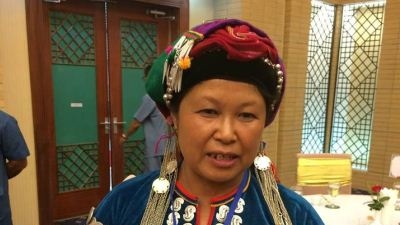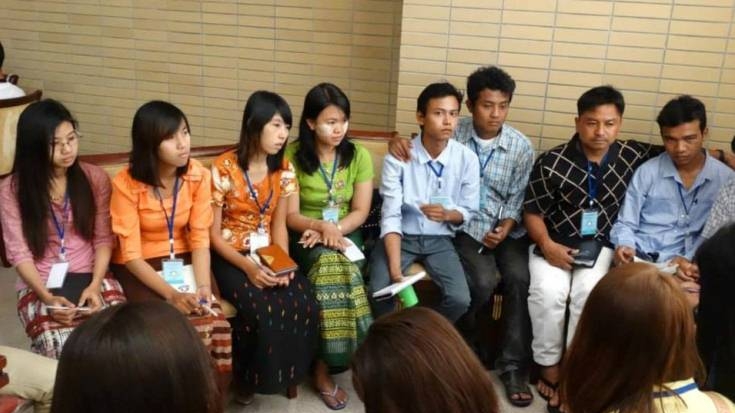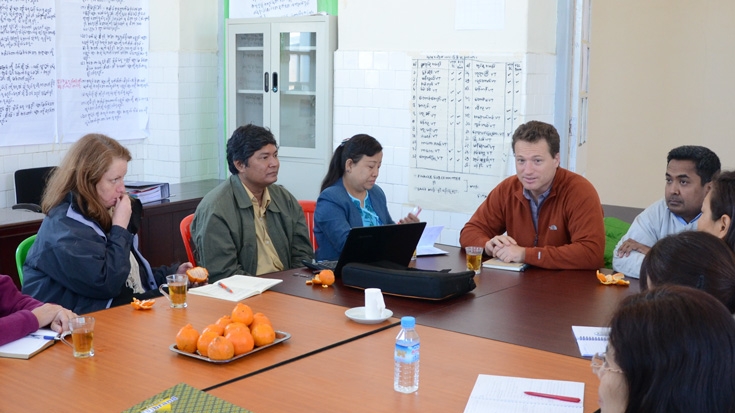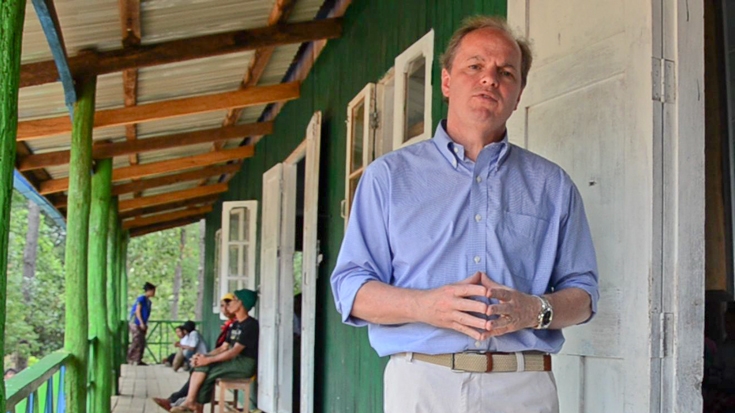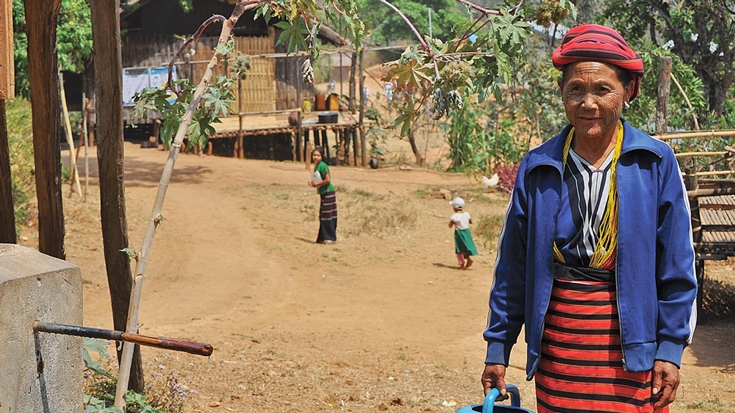NAYPYIDAW, September 3, 2014--- The Myanmar government, the World Bank, implementing partner NGOs, civil society representatives, and community representatives completed the first annual multi-stakeholder review of the Myanmar National Community Driven Development Project.
Over 200 participants met in Naypyidaw to reflect on the project implementation experience in its first year. They then worked together to identify ways to improve its effectiveness on its second year, where up to 900,000 people in nine townships will benefit.
The community driven development (CDD) project’s goal is to help poor rural communities access and use basic infrastructure and services better. The project provides block grants to communities to rehabilitate and construct of small scale public infrastructure. Examples of these include school repairs, footpaths and feeder roads, water supply systems, and health centers. The project uses a people-centered approach by which communities themselves choose, design, and implement the projects based on what they need most.
The project was approved in November 2012 with $80 million in International Development Association (IDA) grant funding. The investment, the first IDA operation in Myanmar in 25 years, was part of the World Bank Group’s re-engagement in Myanmar. IDA is the World Bank’s fund for the poorest countries.
Good attendance at the stakeholders meeting
Many senior government officials participated in the event. Myanmar Vice President Nyan Tun opened the event and ministers from the Ministry of Finance, Ministry of Planning, and the Ministry of Livestock, Fisheries and Rural Development, and parliamentarians were also in attendance.
“By allowing the public to speak out when they are unhappy, we create a good environment. It helps officials work well when they cooperate with and satisfy the needs of the public," said U Ohn Myint, Minister of Livestock, Fisheries and Rural Development.
The event brought together local township authorities with representatives from non-governmental organizations, civil society organizations, and beneficiary communities. The World Bank and other development agencies, such as the Korea International Cooperation Agency, United Nations Office for Project Services, Food and Agriculture Organization, the World Food Programme, Mercy Corps, the International Rescue Committee, IFI Watch, and more were present.
“This event is incredibly important for Myanmar. We witnessed senior government officials, including the Vice President, discussing directly with villagers. It truly is a bottom-up, people-centered process and the stakeholders review is a testimony to that,” said Kyaw Kyaw Soe from the International Rescue Committee, an implementing partner of the project in Chin state.
“We came from different townships that are geographically far away from each other. The multi stakeholders’ review was the first time we all met and I’m very happy about the opportunity. We shared our experiences and learned from each other because we are all dealing with similar issues,” said Daw Hla Gyii, a community representative from Namhsan Township.
